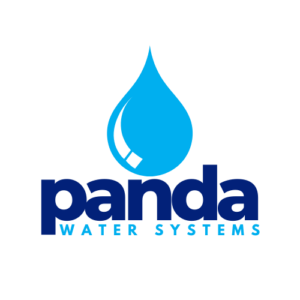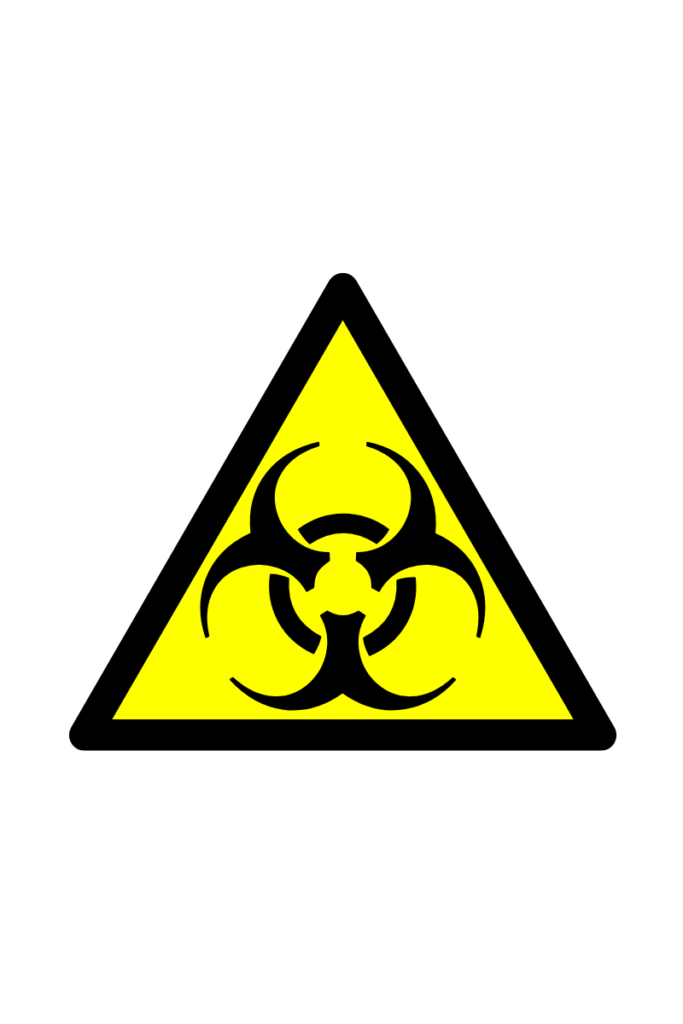Today PFAS are being found in more and more water supplies.
What are PFAS?
Forever chemicals, scientifically known as per- and polyfluoroalkyl substances (PFAS), are a group of man-made chemicals that have been widely used in various industries around the world since the 1940s. These chemicals are found in products like non-stick cookware, water-repellent clothing, stain-resistant fabrics, and some firefighting foams. The nickname “forever chemicals” comes from their persistent nature; they do not break down easily in the environment or the human body, leading to their accumulation over time. This persistence has raised concerns about their potential effects on human health, including links to cancer, hormone disruption, and immune system effects. Efforts to understand and mitigate the impact of these chemicals are ongoing, with research focused on developing safer alternatives and effective removal methods from water supplies.
Research has linked PFAS to serious health issues, including various cancers, liver damage, immune system disruption, and developmental effects in children. Furthermore, their pervasive presence in water supplies and food chains amplifies the potential risk to public health. Addressing the threat posed by forever chemicals requires stringent regulatory measures, increased public awareness, and ongoing scientific research to develop safer alternatives and effective remediation strategies.
PFAS in Western New York Water
The presence of “forever chemicals,” (PFAS), in Western New York’s water sources has raised significant environmental and health concerns. These man-made chemicals, widely used in industrial applications and consumer products for their resistance to heat, water, and oil, are notoriously persistent in the environment and human body, leading to their ominous nickname. In Western New York, research and testing have revealed varying levels of PFAS contamination in both surface and groundwater, prompting calls for increased regulation and remediation efforts. The potential health effects of prolonged exposure to these chemicals include an increased risk of cancer, liver damage, and developmental issues in children. As communities in the region grapple with this issue, there is a growing demand for comprehensive testing, stricter regulatory standards, and innovative water treatment solutions to ensure safe drinking water for all residents.
How do I know if there are PFAS in my water?
To determine what’s in your tap water, start by reviewing your local water quality report, often provided annually by your water supplier. This report, sometimes called a Consumer Confidence Report (CCR), details the sources of your water, any contaminants detected, and how these levels compare to regulatory standards. For more comprehensive testing, you might also engage a certified laboratory to analyze your water sample. Additionally, contacting your local health department can provide further guidance and resources for understanding and improving your water quality.
How do you remove forever chemicals from water?
Removing “forever chemicals,” or per- and polyfluoroalkyl substances (PFAS), from water is a complex challenge due to their persistence and widespread presence. One effective approach involves using advanced filtration systems, such as granular activated carbon (GAC) filters, which can absorb these chemicals from water. Another promising method is the use of reverse osmosis, a process that forces water through a semipermeable membrane to remove contaminants, including PFAS. Additionally, ion exchange resins have shown potential in trapping these substances by exchanging ions in the water with those from the resin. While these methods can be effective, they often require professional installation and maintenance. For larger-scale solutions, advanced oxidation processes and emerging technologies like electrochemical treatments are being explored to degrade PFAS in contaminated water sources. It’s important for individuals and communities to stay informed about new developments and support regulations that aim to limit PFAS use and contamination.
A whole house carbon filter offers numerous benefits by enhancing the quality of water throughout your entire home. Firstly, it effectively removes chlorine, sediment, volatile organic compounds (VOCs), and other contaminants, ensuring cleaner, safer water for drinking, cooking, and bathing. This can improve the taste and smell of your water, making it more palatable and enjoyable. Additionally, by reducing chlorine and other chemicals, a carbon filter can help protect your skin and hair from irritation and dryness, which are often caused by exposure to harsh substances. Furthermore, it can prolong the lifespan of plumbing and household appliances by preventing the buildup of scale and sediment, thereby reducing maintenance costs and enhancing efficiency. Overall, investing in a whole house carbon filter promotes a healthier home environment and provides peace of mind regarding the quality of water you and your family use daily.
If you’re interested in learning more and would like to get in touch directly. You can email us at info@pandawatersystems.com, where our team is ready to assist you with any inquiries or detailed information you might need. Alternatively, feel free to give us a call at 716-219-4233, and one of our representatives will be happy to speak with you. We are committed to providing excellent service and look forward to hearing from you!

